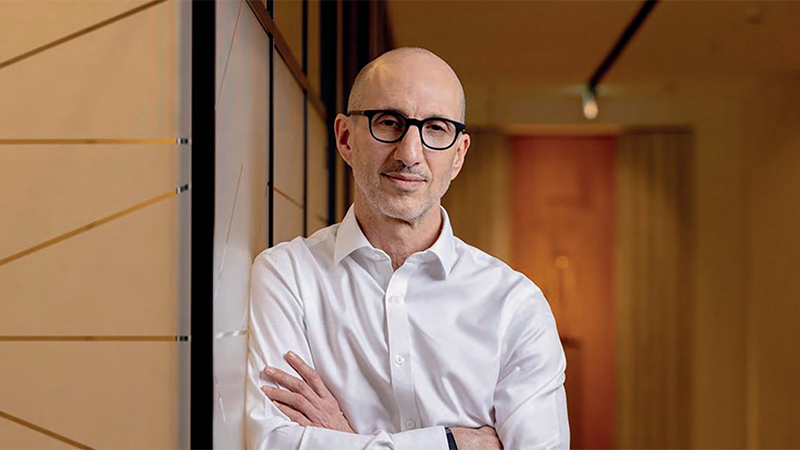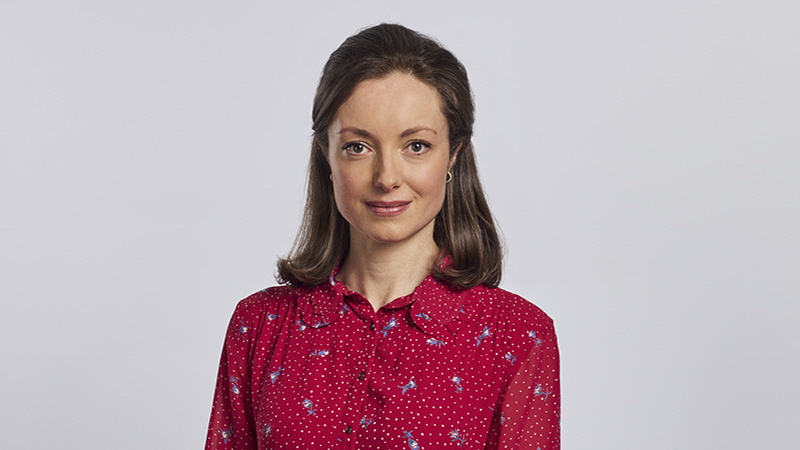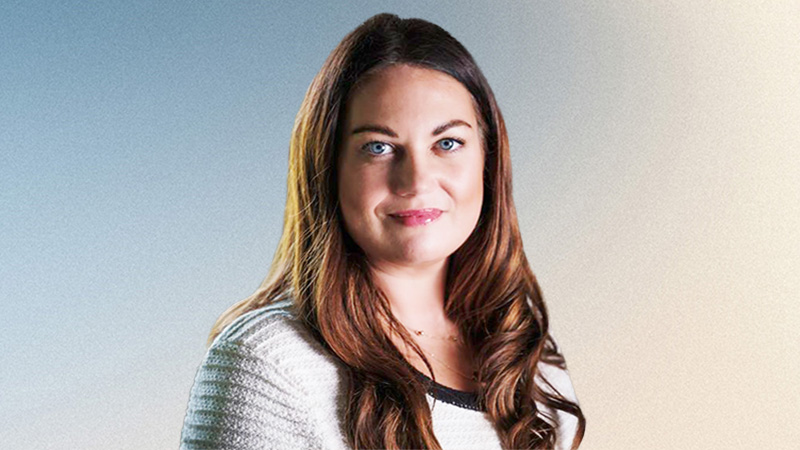Investec is not the only asset manager to have built up a multi-asset franchise in recent years, though its approach to risk differs markedly from the majority of its peers.
The 30-strong investment team uses just three portfolio buckets – growth, defensive and uncorrelated assets – while differentiating itself from both outcome-oriented funds and traditional alternatives strategies, which rely heavily on alpha generation.
Having launched its Diversified Growth Fund in 2006, the recruitment of Michael Spinks from Schroders in 2012 was the catalyst for a renewed perspective.
Spinks, along with Philip Saunders [pictured] and John Stopford, are co-heads of a multi-asset franchise worth some £13.3bn (this total also includes Alastair Mundy’s £2.1bn Cautious Managed Fund).
Other funds in the range include the Investec Multi-Asset Protector and the Stopford-led Global Multi-Asset Income and Diversified Income.
“We are separate from a lot of what is out there. With the team originally coming from a fixed-income background, we do a lot of relative-type positions,” Saunders says.
“If you are trying to integrate a complex portfolio, you have to use risk-based portfolio construction methodologies based on volatility and correlation characteristics.
“However, it does not tell the whole story in terms of risk. Something can have low volatility – such as high-yield bonds – and then every now and then, kapow, you lose a lot of money as they behave exactly like equities. Practically, you have to use risk-based portfolio construction methodologies if you have to orchestrate a lot of positions, overlays and derivatives.”
Saunders and the team are quite happy to take an institutional approach to using a wide range of available asset classes and investment instruments beyond what he calls the “usual suspects”.
For example, currency plays a big role with the Australian dollar used as a hedge – the team was short the currency given the view that it was an over-valued currency and the Australian economy was highly correlated with what was going on in China.
In the uncorrelated bucket, listed reinsurance vehicles have been used as a play on the mispricing of capital bonds. Despite it being a crowded trade, infrastructure also remains a hold while the interest rate environment remains benign. Listed funds used include 3i, Bilfinger Berger, HICL and John Laing.
Gold is an asset class that many investors have lost faith given its failure to live up to its safe haven status. Still, Saunders points out that it has indeed behaved in a relatively uncorrelated manner.
He says: “It has obviously behaved dismally for quite a period, but it has stabilised and is a useful diversifier in the portfolio – we have a fairly modest position at the moment but I have a hunch it might increase.”
The commodity that investors have been most sweating over is the oil price, though Saunders stresses that its fall from grace serves to remind us all that individual asset prices can change radically over a relatively short period of time.
“Interestingly, demand for oil seems to be fine, but supply has been more abundant than people thought and, combined with a warm winter in the northern hemisphere, I think the oil story is largely done,” he says.
The aim of Diversified Growth Fund is to achieve 50% or less of equity market volatility over a rolling five-year period.
Says Saunders: “We are not targeting a volatility specifically – we believe that is a conceptually dubious proposition. Simply, we prepare to run more risk if we think we are in an opportunity rich environment and if we are in an opportunity poor environment we will run considerably less risk.”
He adds: “We believe investors want equity-like returns but without the violence of swings. However, it is a difficult trade-off to make because, ultimately, over time you should get rewarded for taking additional risk. The trick is to strike the right balance; if you are too risk constrained then you are never going to meet your return objectives, but if you take too much risk then effectively you will see significant drawdowns and that is not what people have signed up for.”
Given that many in the multi-asset team have a background in fixed income, it is no surprise that the defensive bucket is dominated by government bonds. This includes US treasury notes, Canadian and Australian government bond 10-year futures, long gilt futures and Korean government bond three -year futures.
“Portfolio resilience will remain a particularly important theme, which requires selectivity in terms of the choice of defensive assets,” says Saunders.
US economy
“Among these long-dated US treasuries, the yen and the euro are our current preferences. Interestingly the dollar, which admirably fulfilled that role over the past three years, may be losing some of its lustre against other developed market currencies. Arguably, the dollar has moved far further than likely real rate divergence really justifies.”
So what is keeping Saunders up at night? “If it were the standard things such as China collapsing, then we can worry less as it is probably already priced in,” he says.
“I think we are still pretty dependent on the health of the US economy and therefore US consumers, who has shown a remarkable propensity to save over the past year, has got a windfall from gas prices going from over $4 per gallon to less than $2. The US consumer has uncharacteristically saved quite a lot of that, which has led to consumption numbers remaining muted.
“The US economy doing badly would be unhelpful from a global perspective at a time when there is big rebalancing going on, with the tide continuing to ebb in emerging markets. Still, people are probably exaggerating recession risk – the models we are looking at the moment are not flashing red.”
Saunders believes equity markets are either in a bear market that will run its course, or they are in something of a “transitional period”. In this case, we will need to see more evidence that central banks are going to offset the tightening that is happening in emerging markets more than they are currently and do what is sufficient to cause investors to relax.










